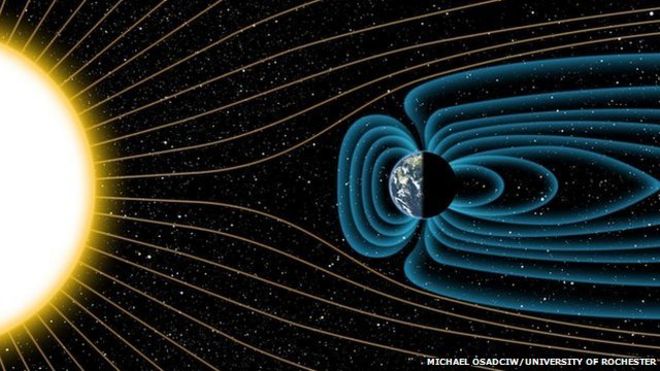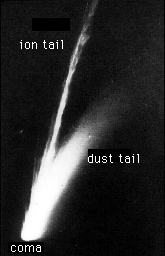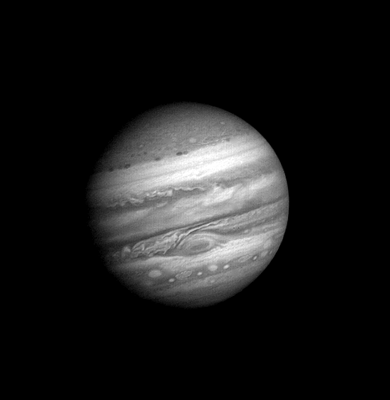Step 1: A Solar Nebula
To build your very own solar system, you will need to start out with a solar nebula – a colossal cloud of “star stuff” recycled from dying stars. It should consist mostly of hydrogen, about 1% hydrogen compounds (“ice”), and less than 1% consisting of rock and metal. It should look something like this:

This is just an artist’s impression. We definitely did not have cameras 4.6 billion years ago.
Step 2: Collapsing the Nebula
At some point, the solar nebula is going to collapse in on itself. Gravity will take over, and gravitational potential energy will be converted into massive amounts of thermal energy, generating an immense amount of heat, with the hottest being the center where all the gravitational pulls converges. Please use galactic oven mitts when handling your collapsed solar nebula.
Step 3: Planetesimals
The center of the solar nebula is going to be the future Sun. Over there, it’s far too hot for any of the materials in the solar nebula to solidify and create planets. If you move a little bit further out, however, it will be just cool enough for small bits of rock and metal to condense. Through gravity, these rocks are going to group up, merge through electrostatic forces, and become little planet seeds – planetesimals. Toward the inside of the solar system, you’re pretty much limited to just rock and metal cores, but if you move outwards past the frost line you’ll find that hydrogen compounds will solidify and work just as fine too. They also make for some bigger cores, since there are more of them in the solar nebula.
This step is always a bit tricky. In the beginning, you’re going to find a lot of small planetesimals floating around gently colliding with each other, which usually helps them grow. But at some point, your planet seeds are going to start getting a bit too big, and giant collisions between two large ones could result in a shattering of your planetesimals. We think that’s probably what happened to create the Earth-Moon system, which luckily ended up very nicely for us, but the asteroids and comets in the Kuiper belt and Oort cloud can testify that happy accidents like that won’t usually happen.

Please handle your planetesimals with extreme care!
Step 4: Shaping Your Planetesimals
Once you’ve got some nicely-sized planetesimals, it’s time to start building them. During this phase, you’ll find that your planetesimals will undergo heavy bombardment from “failed” planetesimals. This will heat up the inside of your planetesimal, and will be really useful for making geological activity possible. Some planetesimals that come from outer regions of your solar system (comets) might contain ice or water that could add an ocean to your planetesimal, which could be nice if you want to have a stab at creating life.
Your outer planetesimals should have a bigger core, since there’s generally more ice than rocks/metal in your nebula. This additional mass gives them additional gravity, and should allow them to capture more of the gaseous hydrogen and helium floating around. Don’t be surprised if some of them get extremely big, up to hundreds of times the volume of some of your inner planets.
It should also be noted that the new Sun has some pretty nasty solar winds, and should have blown away much of the gases that weren’t captured by your outer planetesimals.

Some examples of properly made outer, jovian planets.
Step 5: Finalizing
At this point, you should be the proud owner of a handful of planets orbiting your new Sun. Since they were all part of the large solar nebula, they should all be rotating and orbiting in the same plane and in the same direction. Note that even if your solar nebula doesn’t look like it’s spinning at first, when it collapses, Conservation of Angular Momentum pretty much guarantees that it’ll spin faster, like an ice skater pulling her arms inward.

Any oddballs here or there is probably a result of the collision period of planetary formation. Venus, for example, rotates very slowly and “backwards” compared to every other planet, which seems to imply that a large planetesimal smacked into it so hard that its rotation changed direction. Again, please be careful when handling your planetesimals!
Your planets at this stage should be completely formed, complete with a crust, mantle, and core – but keep in mind they can certainly change over time. Your larger planets will probably be able to maintain much of the internal heat caused by its creation or heavy bombardment, so you can expect tectonic and volcanic activity on a regular basis for a very long time. This could generate protective magnetic fields which can help protect the planet from ionizing radiation.

Earth’s magnetic field protecting us from solar wind
Sidenote: Moons and Rings
You’ll probably notice that some of your larger, outer planets will be capturing little planetesimals of their own. This is completely normal and is to be expected for jovian planets. Some of the moons could be very geologically active themselves, despite being small and emitting most of their initial heat quickly. This is because the jovian planets like to tug on their moons through tidal forces, which causes a lot of friction inside the moon. Again, it’s completely normal, but could result in volcanic activity, or, for some of the further-out moons, ice volcanoes and oceans that could possibly have the potential to host life.
Jovians also have a habit of creating rings around them, which can add a lot of flavor to your newly-created planet. If you want to keep the rings, it’s highly suggested to place moonlets near them – small, moon-like objects that will feed material into the ring structure so as to replace the particles destroyed by your planet. Shepherd moons can also be placed inside the rings so as to create beautiful gaps between the rings that give them a bit more ethereal quality.

Saturn, with the most beautiful and clearest ring system in our solar system
Congratulations! You have just created your very own solar system. Please note that the additional “life” feature can only be permitted under very, very specific conditions. Greenhouse effects must be optimal, with the planet’s size being neither too big nor too small, and located neither too close nor too far from the Sun. It is perfectly normal to create a solar system with no life, and may take many, many attempts to finally make one that can host organic lifeforms on a planet.
Enjoy!





















